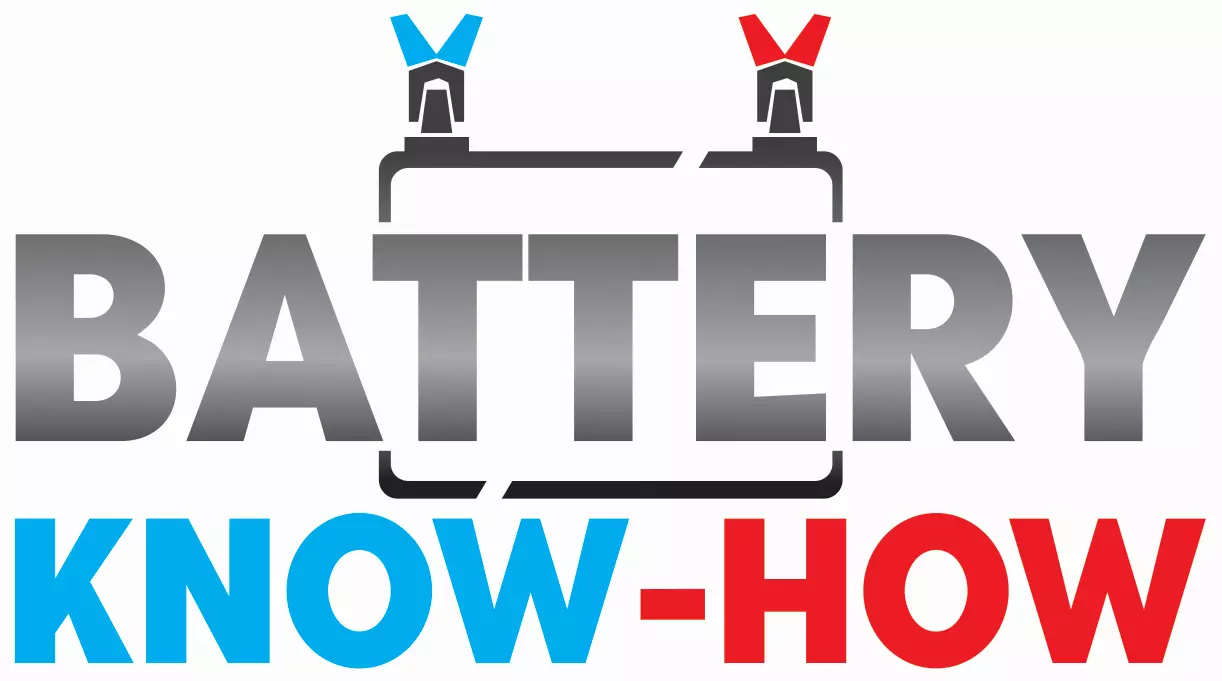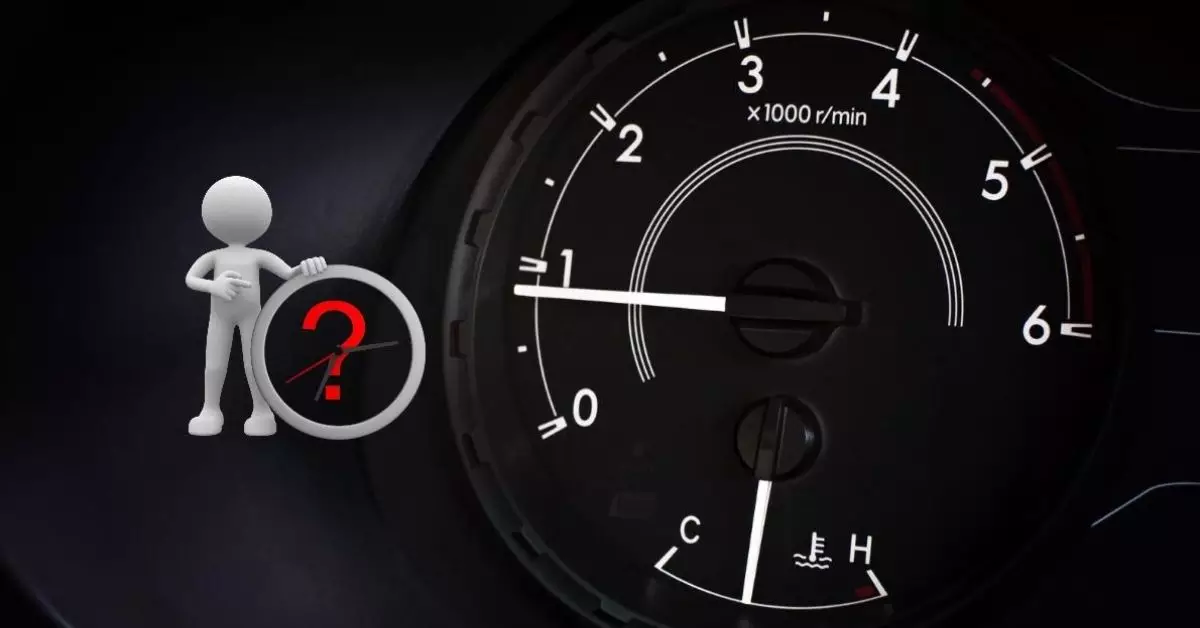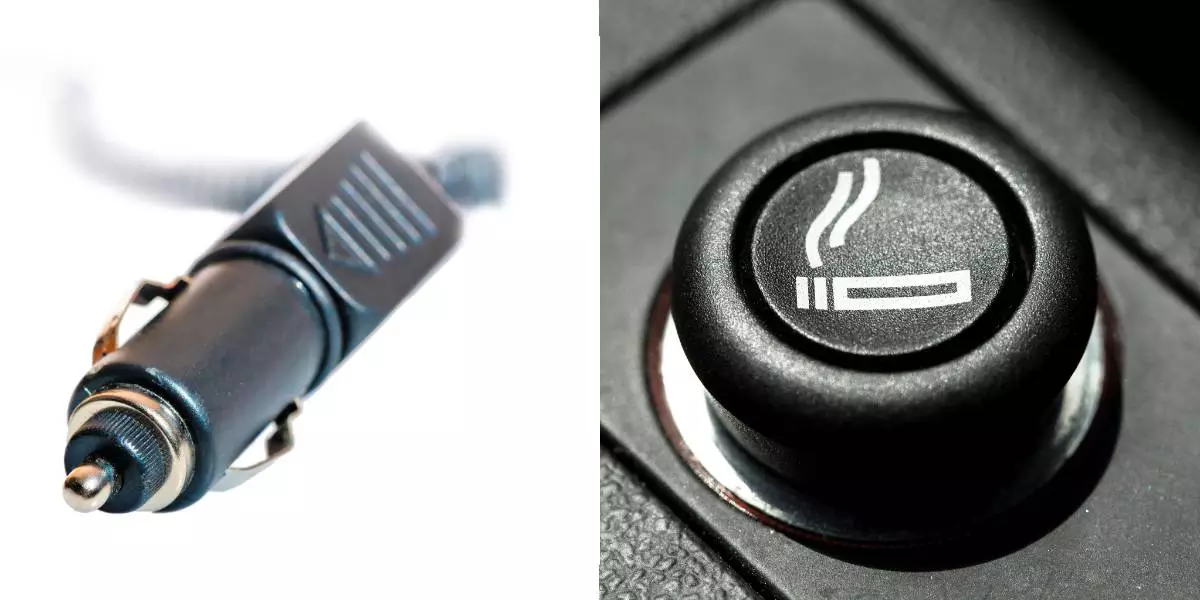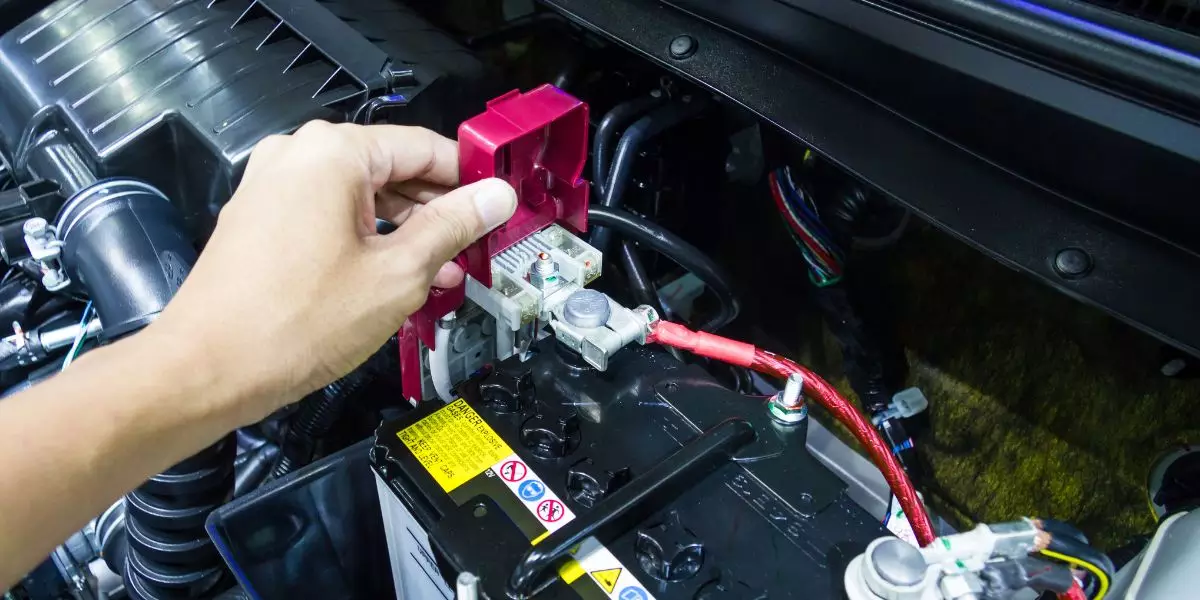There’s one thing that most drivers, old and young, can agree on: you must keep your car battery charged even if you don’t use your car often, and you can do so by idling your car now and then. But one thing that people disagree on is how long you should idle to get the job done.
You should idle your car for at least 30 minutes at a time to charge your car battery. If your car is not being used for an extended period, you should repeat those idling sessions at least once every two weeks. Drivers for whom idling is not an option can also take short drives or invest in a car battery charger as alternatives.
Keep reading as we show you everything you need to know about idling to keep your car battery charged.
How Does Engine Idling Recharge Your Car Battery?
Most people understand that their battery is constantly being recharged while the vehicle moves. But did you know that it’s also doing the same even when the car is in neutral and idling?
That’s right!
The truth is that the battery is constantly being charged when the engine is running, regardless of whether or not you’re driving it down the street. That happens thanks to the alternator, which is a critical part of your vehicle’s electrical system.
It’s pretty straightforward: the engine powers the alternator, which then charges the car battery while simultaneously powering all other electrical components as well.
That’s why you don’t have to do much to keep your car battery recharged. Sure, it can be fun to take your car around the block a few times to get that battery full again. But you can also get the same results by starting the car and letting it idle in neutral to get the job done.
Just make sure you’re doing it in a place with lots of ventilation. Those exhaust fumes can be pretty toxic to you if you’re just idling in a closed garage!
How Long Do You Need To Idle A Car To Charge The Battery?
As a general rule of thumb, you should idle your car for at least 30 minutes to charge the battery back to full capacity. That will give most batteries enough time to charge to full, even if its charge was already pretty low, to begin with.
Why would it take that much idling time to charge a battery?
Well, remember: even when you’re charging the battery, the car is still draining power from it at the same time.
That’s especially true with newer, more modern cars that are packed with electronics and electrical components. Each of those tiny components drains power from the battery even when the car isn’t moving.
Some of those power-hungry components include:
- The in-car infotainment system and its various parts (e.g., radio, displays, speakers, etc.)
- Built-in sensors constantly collecting data (e.g., rain and light sensors, windscreen sensors for driver-assist features)
- Dozens of microprocessors for all of the components above
So, taking all of those things into consideration, that’s why a 30-minute idling time is ideal for recharging car batteries in most cars.
How Often Should You Idle To Charge Your Car Battery?
Another consideration when idling to recharge your car battery is how often you should do it. The bare minimum is to do it at least once every two weeks. However, if you’re concerned about maintaining the battery’s overall lifespan, then you should do it more frequently than that.
The reason for this is similar to what we saw in the previous section: even when your car is turned off and parked away in your garage, there is still a tiny battery drain happening continuously.
That is known as a ‘parasitic draw’, and it happens because some components are still running even when your car isn’t in use. Some examples of those are:
- The alarm system that keeps your car secure.
- The clocks that are still running regardless of whether the car is used or not.
- The radio that must stay powered to maintain all your presets in its memory.
Still, all of that is assuming that your car’s electrical system is in good working order. If your car has any electrical faults, the parasitic draw on the battery will be much worse.
The bottom line is this: if you know that your car has plenty of power-draining features inside, you’ll want to idle your car more often to keep the battery in good shape.
There are no fixed rules about this, though idling your car once a week or once every couple of days could be a good solution for you.
How To Know If You’ve Idled Long Enough To Recharge A Car Battery
A question that you’re likely to have at this point is: how do you know if you’ve idled long enough or frequently enough to keep your battery fully charged?
Well, most car battery indicators aren’t helpful for this purpose because they only indicate whether or not there’s a problem. So, if you want a precise measurement of how much charge is in your car battery, you’ll need a voltmeter.
Some people have dedicated voltmeters at home, though you might already own a multimeter that has the same function. In simple terms, you need a tool to measure the electrical potential difference between two points in the battery’s circuit, i.e., its voltage.
Here’s how you can use a voltmeter to see if you’ve idled your car long enough to charge your car battery to full:
- Firstly, shut the car off entirely.
- Next, attach the voltmeter’s positive lead to the battery’s positive terminal.
- Then, attach the voltmeter’s negative lead to the battery’s negative lead.
- At this point, you can check the voltage reading on your meter to see your battery’s condition.
For example, a car battery that’s been fully charged will have a voltage reading of 12.4-12.8 volts.
Any reading above that range means that your battery has excessive voltage. If this is the case, you’ll want to turn on your car’s high beams for a little while to drain some of that voltage. An excessive charge is a symptom of a bad alternator, so be sure to get that diagnosed by your mechanic.
However, a voltage that’s too low is a sign that your battery’s overall health might be deteriorating.
In a nutshell, too much or too little voltage is terrible news for your car battery. However, if your battery is healthy and you’ve idled long enough to recharge it, the voltage should be within that 12.4-12.8 volts range.
What To Do When You Can’t Idle To Charge A Car Battery
Idling your car engine is an excellent way to recharge your car battery. Still, you must know that there are alternative methods you can use.
After all, idling might not be the best battery-recharging solution for people who:
- Can only keep their car in enclosed spaces: Idling a project car in an enclosed garage can be pretty risky, as the exhaust fumes will build up and have nowhere to go.
- Do not want to burn fuel unnecessarily: Remember, your car is continually burning fuel as you idle. Understandably, some car owners don’t see that as an option.
- Have battery management systems that limit charging at low RPMs: Newer, more modern car models tend to come with systems designed to protect the battery by limiting recharging when the car is at low RPMs (like when it’s idling).
So, what other ways can you use to recharge your car battery? Well, depending on your situation, you might prefer:
- Driving your car: The most effective way to recharge your car battery is to drive your vehicle. Thirty minutes of driving around the neighborhood are much better for the battery and the car overall than 30 minutes of idling.
- Using a car battery charger: If driving is not an option, you can also invest in an affordable car battery charger. These devices make charging a breeze and remove the need to start your car engine at all!
Final Thoughts
Keeping your car battery charged is crucial. After all, you don’t want to be stuck with a dead battery when you’ve got somewhere to be. Thirty minutes of idling every two weeks is an excellent way to keep your battery ready for your next drive, whenever that might be!




